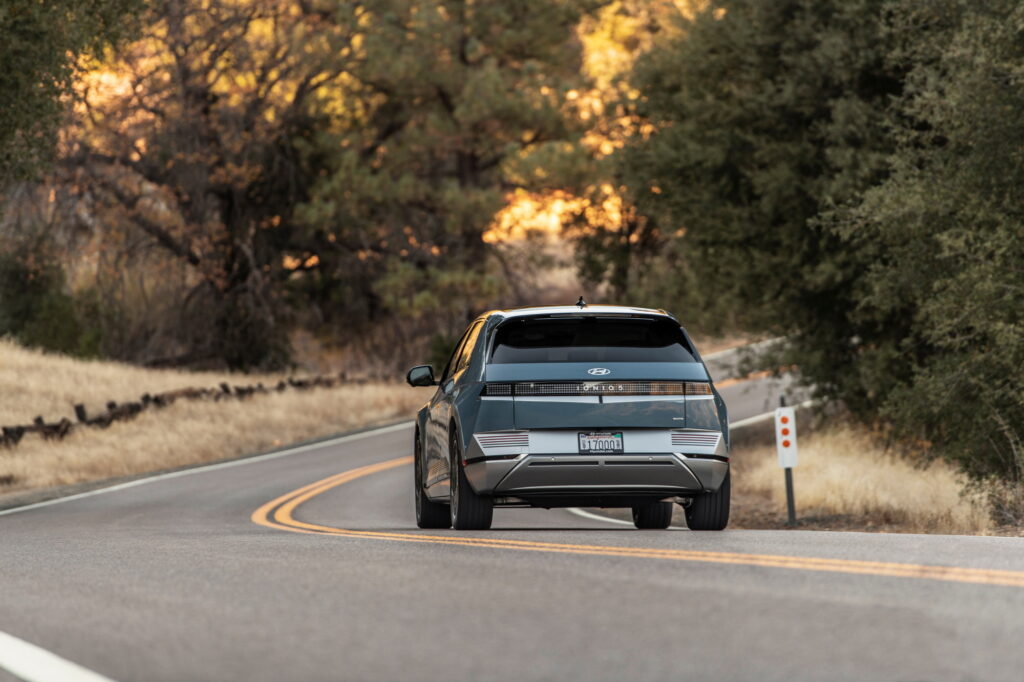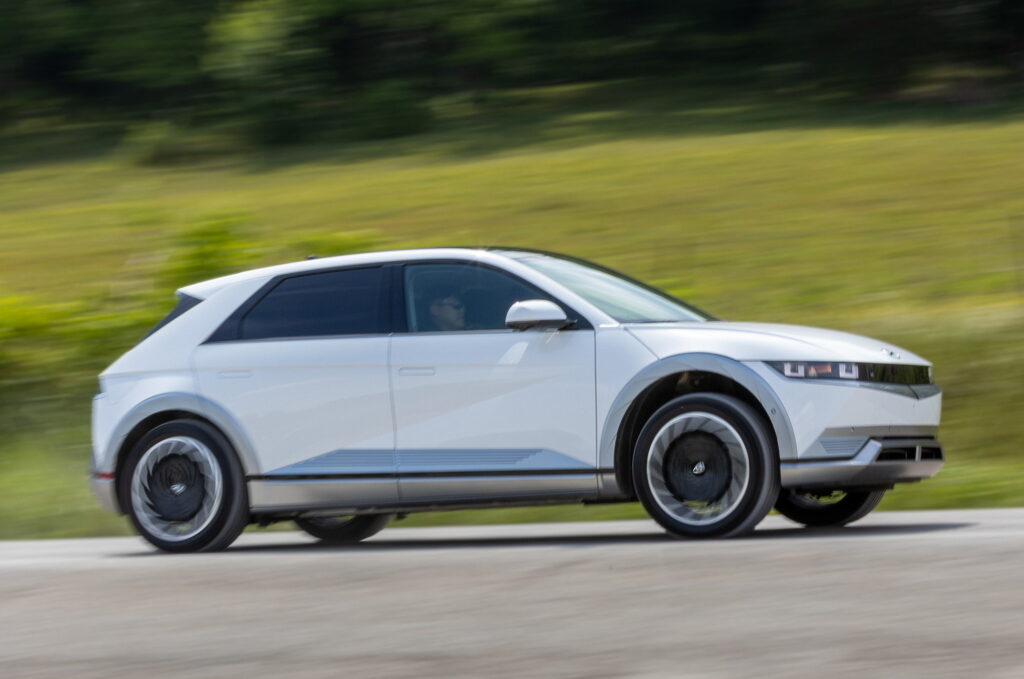The National Highway Transportation Safety Administration has opened an investigation into the 2022 Hyundai Ioniq 5 over complaints that it may lose motive power. The automaker is aware of the issue, which may affect as many as 39,559 vehicles in the U.S.
NHTSA’s Office of Defects Investigation (ODI) has opened a Preliminary Evaluation into the matter, which it says it has received 30 complaints about. Customers have reported hearing a loud popping sound, which is followed by a warning message in the infotainment system.
After the warning message, the owners report that they experience a loss of range or a complete loss of power at varying intervals between the first warning message and the loss of power.
Read: BMW i4, i7, And iX Could Get Bricked On The Road Because Of A Software Glitch

One customer who filed a complaint with NHTSA alleged that the problem affects the Ioniq 5 roughly 12 months or 10,000 miles (16,000 km) into its lifecycle. Another customer reported receiving a warning about their electrical system relating to the failure of the 12V battery. Fortunately, AAA was able to replace the battery, and they were then able to drive their car to the dealership.
They report that it took the service center a long time to diagnose the issue, and that after four weeks, they still had no estimate on how long the repair would take to complete. Hyundai now appears to know what is at the heart of the issue, though.
The ODI reports that Hyundai blames the problem on the Integrated Control Charging Unit that is responsible for powering both the high-voltage battery and the low-voltage battery. Early investigations suggest that an over-current can damage transistors, resulting in an inability to charge the 12V battery.
Unfortunately, the ODI is still determining the scope and severity of the potential problem to fully assess how it relates to road users’ safety. Hyundai told ABC News that it is fully cooperating with NHTSA’s investigation, and plans to start a service campaign in July. It plans to update the affected vehicles’ software and replace components where necessary.





